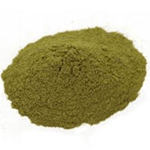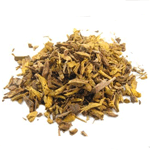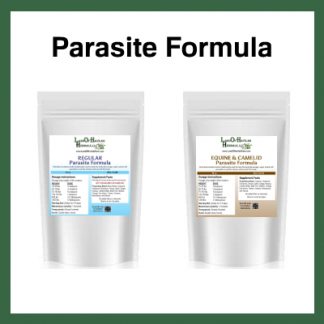Description
An ash-colored evergreen shrub, with numerous branches, and a scaly bark. The needlelike leaves are opposite, leathery, thick, dark green above, downy white underneath with a prominent vein in the middle and margins which are rolled down. The flowers are pale blue or white and grow in short axillary racemes. It originated in the Mediterranean, now widely cultivated. Historically used for its aromatic leaves and kitchen seasoning. The flowers are used fresh, as a garnish, or dried for decoration and for preserving food. The tea is used for a hair rinse or added to the bath.
Origin(s): Argentina, Egypt, Italy, Morocco, Spain.
Latin Name(s): Rosmarinus officinalis
Also known as: Polar plant, compass-weed, compass plant, rosmarinus coronarium.
Plant Part(s) Used: Leaf.
Appearance: Green.
Aroma: Aromatic.
Taste: Sweet.
GMO Status: Non-GMO.
Allergen: None.
Additives: Free of any additives or preservatives.
Applications / Preparations: Can be put into capsules, teas, breads, crackers, rub for pork / lamb or infused as an herbal extract. For aromatic use it can be added to potpourri mixes, incense blends, perfumes, herbal sachets & pillows.
Storage: Store in a sealed container in a cool, dry place.
Shelf Life: It is very difficult to pin down an exact expiration date for most single herbs as they do not really expire, they lose potency or strength over time but will still have value. Unlike synthetic material or drugs, herbs can contain many constituents that contribute to their medicinal effects. Even if when we know what the active constituents are, there are often many of them in a single herb, each with different rates of degradation. Some herbs lose their effect more easily. Other herbs that possess more stable compounds such as alkaloids or steroids will last much longer.
A huge part of the degradation rate of herbs depends also on the storage conditions of the herb, & even on the quality of the herb before storage – how it was grown, harvested, dried & processed. If the product is left in hot places or open to sunlight then it will degrade much quicker than if it was stored in cool, dry place & sealed tightly.
A good rule of thumb is that herbs should be stored no longer than 2-3 years but many herbs will have great strength much longer than that. To determine if a an herb is still good you can check the appearance & aroma. Herbs that are no longer acceptable will have lost much of its vibrant color & will instead appear dull & faded. The bigger key though is to smell the raw materials to see if the potent aroma is still present.







Reviews
There are no reviews yet.